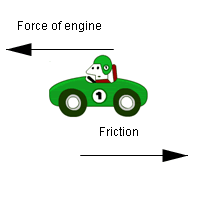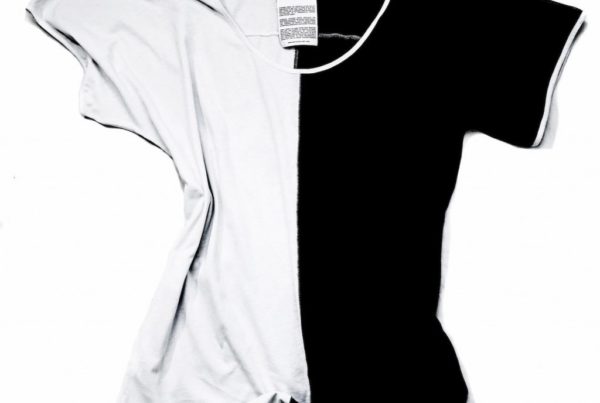For elementary children, the topic of “opposing forces” can be hard to understand. Friction is an opposing force that children can “feel.” Here’s a lab on measuring and comparing friction that’s appropriate for older elementary children. You will need one piece of “science equipment” to get the most out of the lab . . . a spring scale. A spring scale with small increments will be easier for elementary children to use.
Here’s what to do:
1. Find an object that can be easily hooked onto the spring scale, that is fairly heavy (but will still read when hung from the spring scale), and preferably with a large, flat surface. A heavy block of wood with a cup hook works very well.
2. Have your child hook the object onto the spring scale and drag it across the smoothest possible surface you can find. While dragging the object slowly, have your child read and record the amount of force they are using to move the object. (Newtons is a measure of force, so the part of the scale marked as “N” is actually a measure of force.)
3. Next, have your child hunt for 5 different surface with as many different textures as possible. The surfaces must be large enough to drag the object across, just as was done in step 2.
4. Ask the child to predict what will happen when they drag the object across the different textured surfaces. They will most likely come to the conclusion that some surfaces will be harder to pull across than others. Ask them to come up with an explanation for WHY this is true.
5. Introduce the topic of “friction” by explaining that friction is a force that acts in the opposite direction from the force you apply to move an object. When they drag their object one way, the surface tries to pull it the opposite way!
6. Now, have your child predict which of their selected surfaces will pull more than others. Have them rang the surfaces in order from least friction to more friction.
7. Finally, it’s time to test their predictions. Have your child drag the object in the same way across each of the different surfaces. As they are slowly dragging the object, they should read and record the force they must use to pull the object.
8. Subtract the force needed to pull the object on the smooth surface from the force needed to pull it on each of the textured surfaces. This is a measure of how much more force the textured surface was putting on the object. The larger the number, the more friction force was applied by the surface.
To put it all together, remind your child that a force is just a push or a pull. So, when they put a force on the object in one direction, the surface will put a force on the object in the opposite direction. The more force applied by the surface, the harder they have to pull to get the object to move.
As an extension, relate this topic to the practical chore of moving a heavy object. Have them brainstorm ways that can be used to make sliding a heavy object easier.




